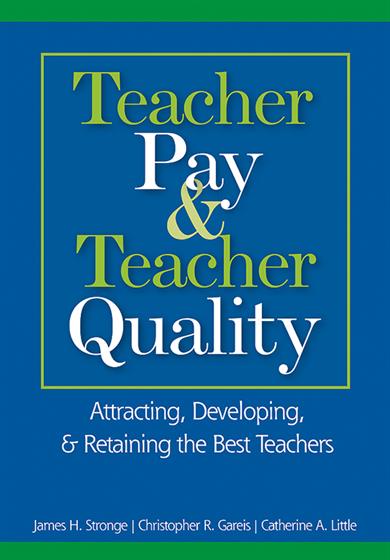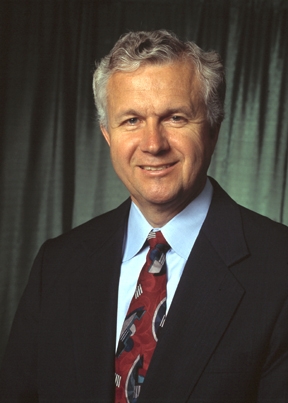Hands-on, Practical Guidance for Educators
From math,
literacy, equity, multilingual learners, and SEL, to assessment, school counseling,
and education leadership, our books are research-based and authored by experts
on topics most relevant to what educators are facing today.

Teacher Pay and Teacher Quality
Attract and retain the highest-quality teachers through competitive compensation programs!
This timely text examines the inextricable link between teacher pay and teacher quality. All existing compensation models are reviewed in order to provide a practical, research-based approach for developing a comprehensive, best-practice teacher compensation system. School administrators can use the synthesis of these innovative findings to:
- Determine the most practical compensation model for achieving their school's objectives
- Examine different pay options used across the country
- Connect their school's compensation program to organizational goals
- Discover how to attract and retain high-quality teachers
- Grade Level: PreK-12
- ISBN: 9781412913218
- Published By: Corwin
- Year: 2006
- Page Count: 200
- Publication date: April 11, 2006
Review Copies
Review copies may be requested by individuals planning to purchase 10 or more copies for a team or considering a book for adoption in a higher ed course. Request review copy




